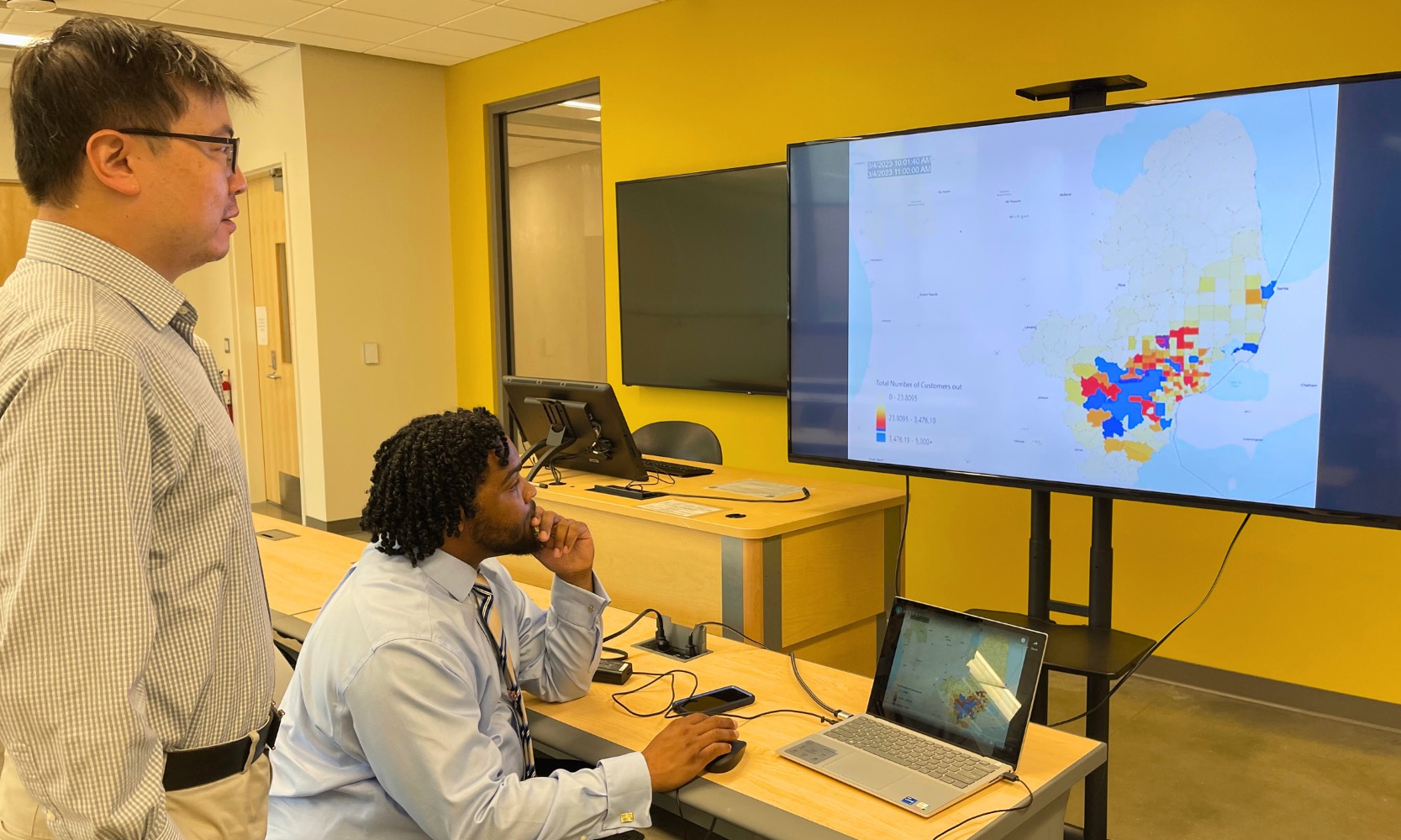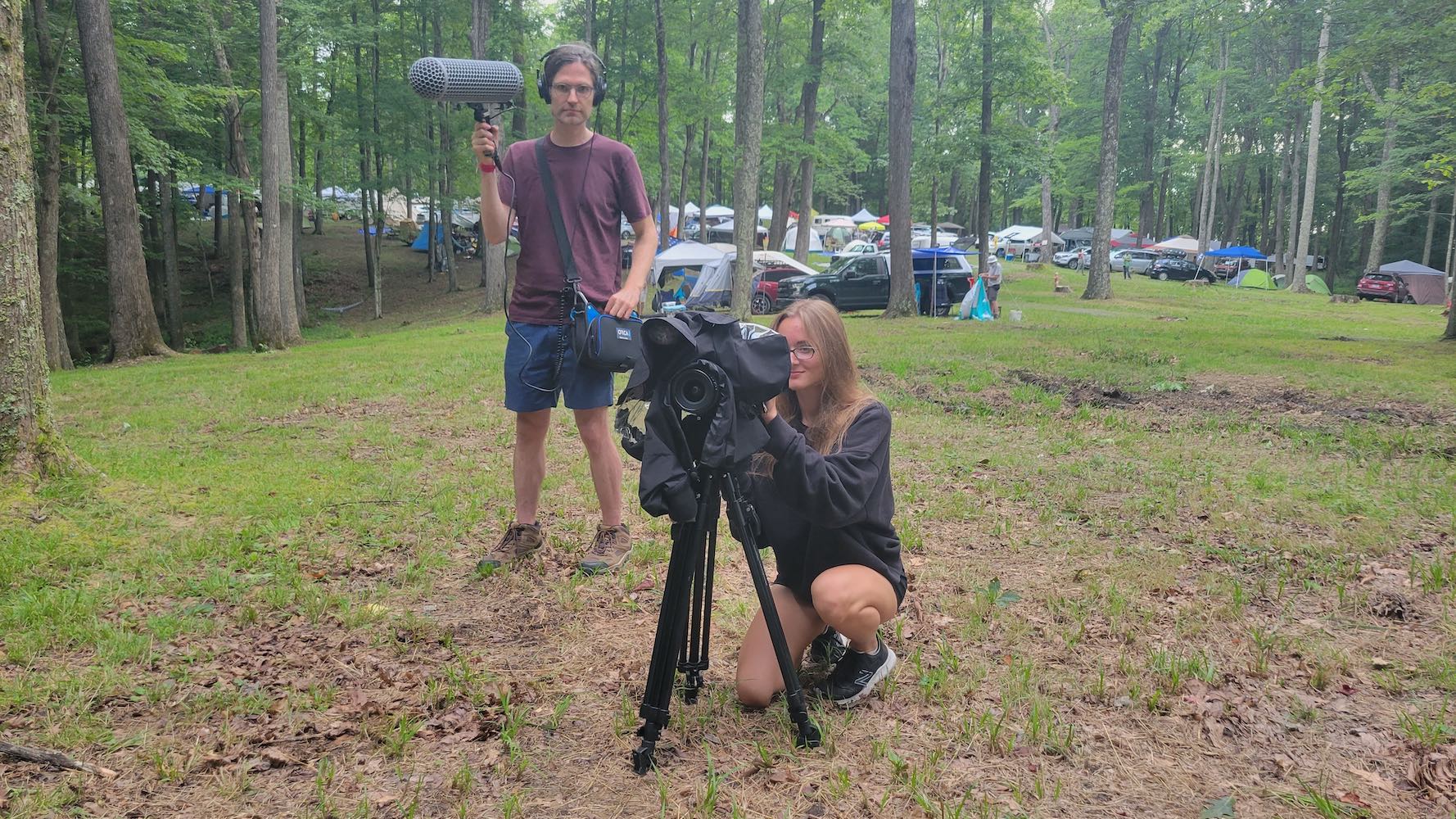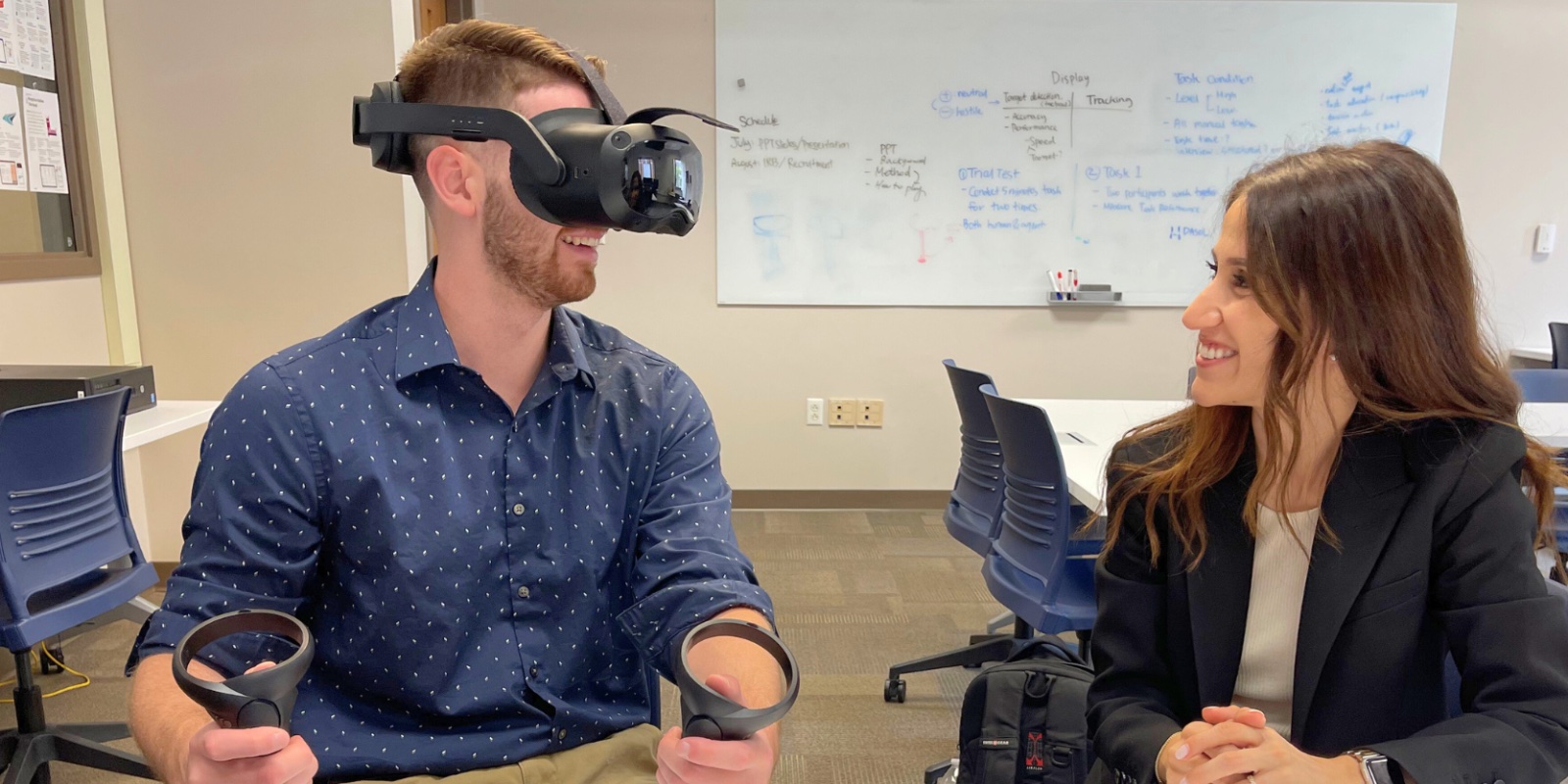
UM-Dearborn students spent their summer mapping energy inequities in the state, exploring how to stop cancer from spreading and understanding the role of human emotion in autonomous vehicle development. These are only a few of the 32 research projects that students helped advance during the 2023 Summer Undergraduate Research Experience program.
Mentored by faculty, SURE students — who received a stipend for their work — met community members, gathered data, interpreted findings and practiced presenting their research. In addition, students attended professional development workshops on how to turn these experiences into marketable career skills in their chosen fields and post-undergrad research opportunities. “It opened my eyes to the benefit of not only pursuing careers in research, but pursuing higher education beyond your bachelor’s degree,” said SURE participant Caleb Nickens, a senior studying computer science.
This Tuesday and Thursday, Reporter will be profiling six SURE projects across all four colleges. You can see all projects at the SURE Showcase, which takes place from 4 to 6 p.m. Thursday in the Mardigian Library.






